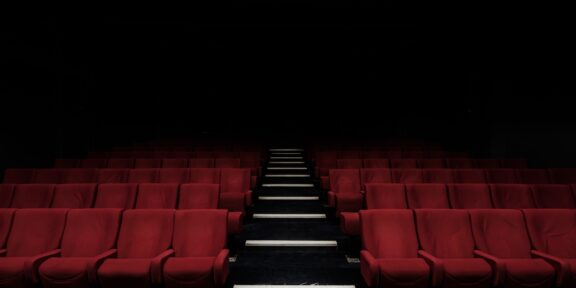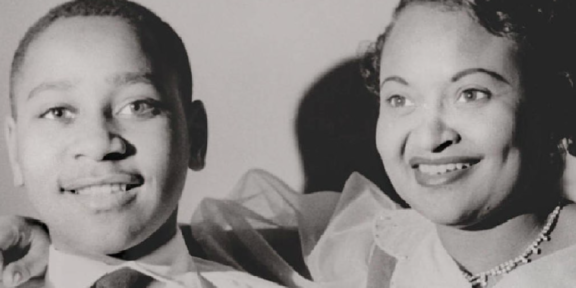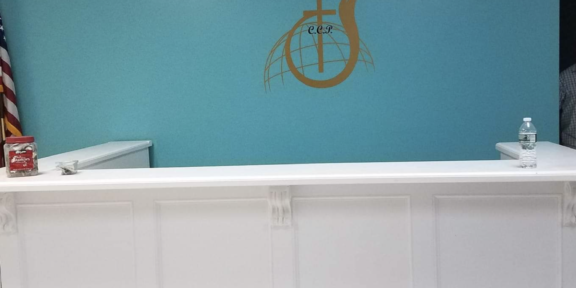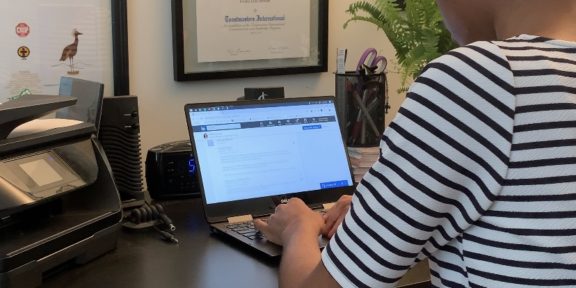KENT, Wash. (HUNS) – Theater has always needed to adapt to survive, and nowhere is this more obvious than during the COVID-19 pandemic. Across the country, productions have shut down due to public health concerns. Pickings are scarce for both performers and patrons nationally, with four Broadway shows being canceled completely and others scheduled to 2021. Two of Seattle’s biggest theater venues, The Fifth Avenue and Paramount, have delayed their seasons until next year.
High school students also face the issue of having to learn from home without their typical outlets of expression. Several productions at the high school level were forced to cancel earlier this year as many Washington schools moved to a digital format. At Kentridge High School, Jennifer Grajewski knew she had to find a way to give her theater students an outlet.
Inspired by the protests during the summer and wanting to focus on the impact social change can have on a community, Grajewski chose to direct “The Laramie Project” in a virtual setting. The drama features playwright Moisés Kaufman’s interviews of citizens in Laramie, Wyoming, after the murder of Matthew Shepard, a gay student at the University of Wyoming.
“I had to start thinking what’s a show that I could do that could be done COVID style,” Grajewski said.
Because of the COVID restrictions, the production had to be reimagined, which led Grajewski to reach out to her former student, Emilio Torres. Torres studies film at New York University, but relocated back to Washington during the pandemic.
Grajewski had initially recommended Torres to the high school for a virtual graduation. “She saw with [it] the framework of how maybe you could create something more narrative based,” Torres said.
From there, the two developed the idea of a filmed adaptation of “The Laramie Project.” Over four weekends in September and October, the cast and crew made up of 44 students and community members worked under strict restrictions to put the show together. Torres primarily drew from his film background to create the format for the show, with Grajewski helping to maintain theatrical aspects as much as possible.

“Theater is really meant to be done human to human,” Grajewski said about the transition to a digital format. “It can be done; you just have to be even more creative and work more collaboratively.”
They were able to reduce the number of people on set by shooting only one actor at a time. For scenes where characters had to talk to one another, Torres filmed each actor separately and edited the clips together to create the illusion of them being in the same room. This technique has also worked for other theatrical, television and film productions during the pandemic.
Due to a limited budget, the team had to be innovative in other ways with how they produced the show.

“This show is perfect,” Torres said. “For the most part, people can just wear clothes that they already own. There’s no makeup. We didn’t have to build any sets. Honestly, if you put it all together, the cost … had to be less than $50.”
Much of the production crew volunteered their time to make the project come to fruition.
“If you find the right story, find the right collaboration, people are gonna support it,” Torres said of the community involvement. “And when you have someone like Ms. G leading the project, who really cares so much about it, it really helped us so much.”
Beyond producing the show, the team wanted to give back to the community it represented in the play. A portion of the show’s proceeds went to the Matthew Shepard Foundation, which was founded by Shepard’s parents to advocate against LGBTQIA+ hate crimes. Production assistant Maggie Berry also led a pre-screening and talkback for members of the LGBTQIA+ community with Grajewski and Torres to gauge the show’s ability to tackle the subject matter.
The show premiered digitally on Oct. 15 and closed on Oct. 17. Each show sold an average of 120 ticket links for the five viewing windows, and multiple people could watch from the same ticket link.
“People miss theater so much,” Berry said. “I think being able to stream it and have it where everyone was watching it at the same time just felt really wonderful.”
Despite the hardships the team faced, they were able to provide a return to theater for the students of Kentridge and give their community art to consume.
“If you’re really coming at a project from the basis of ‘I just need to make art’ or ‘I need to make a show happen,’ it’s gonna happen.” Berry said.
Digital productions are being produced across the country, showing that theater is still fighting to stay alive. With this innovation, digital theater may be able to provide a more accessible way for the masses to consume theater. So, though the curtains may be closed on the largest stages, the show still must go on.
Chanel Cain is a junior majoring in journalism at Howard University. She grew up in Everett, Washington.














